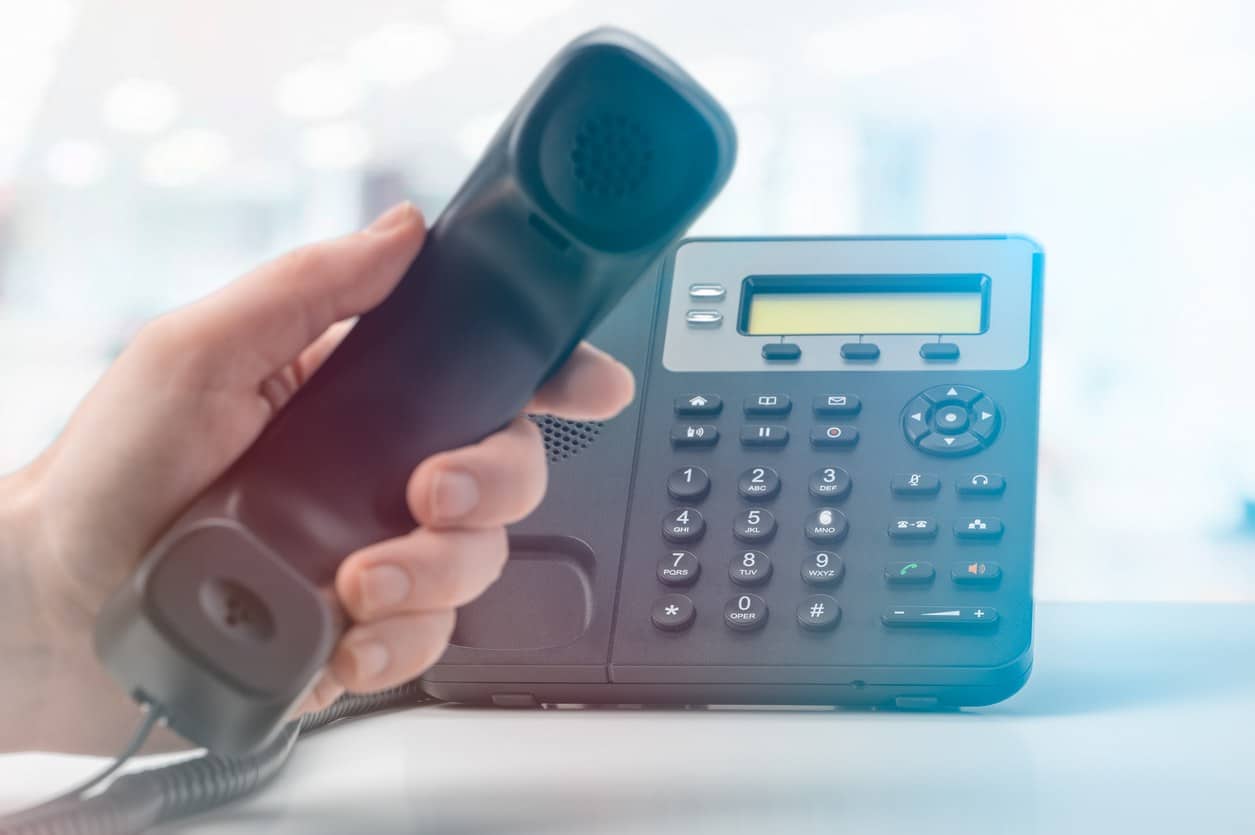Call centers play a pivotal role in business success by providing a platform for companies to communicate with their customers and address their concerns. With a reliable call center team, your business can improve customer service, retain customers, and attract new ones. Because call centers are in charge of this vital function, they often deal with large call volumes.
Call centers leverage technology solutions like Automatic Call Distribution (ACD) systems to manage this. Learning about ACD systems is essential for knowing the difference between ACD and non-ACD calls and how they might benefit your business.
What Does ACD Mean in a Call Center?
To understand non-ACD calls, learning about ACD systems and how they work can help. Automatic call distribution is a telephony solution that receives incoming calls, filters them based on predetermined criteria, and routes them to the most qualified agent or team. With the help of this technology, call center agents can effectively manage a large number of calls.
While redirecting calls through ACD is automatic, it isn’t random. Instead, the system works on predetermined skill-based routing, ensuring that customers are connected to the right agent. ACD systems are often combined with interactive voice response (IVR) systems. IVR receives customer information, and ACD utilizes data to distribute the call to the right agent. Leveraging ACD systems improves overall customer satisfaction by ensuring that calls are routed to the agents best suited to address their concerns.
Today, most ACD systems are capable of the following:
- Identifying and rapidly responding to VIP callers
- Routing incoming calls to agents with the right skill set
- Integrating with CRM systems to provide agents with additional customer information
- Multiple call queueing
- Reporting call volumes and agent activities
How Does an ACD System Work?
The ACD process can be summarized in these three steps:
- Caller Identification: ACD uses Caller ID systems to identify available customer information to route the call to the most suitable agent. ACD can also be paired with an IVR system to obtain additional information.
- Call Queueing: A waiting list is prepared depending on the number of agents available. The ACD system creates the order of the callers based on different factors such as wait time, status, or type of query. Aside from these factors, VIP callers can also be prioritized on the waiting list.
- Call Routing: In the last step, the ACD system distributes the call to appropriate agents based on pre-set rules. For example, calls can be routed based on agent skill set, phone number origin, time of the day, or other predetermined rules.
What Are Non-ACD Calls?
 Now that we have learned about ACD systems, it is easier to understand what non-ACD calls are. Non-ACD calls are inbound calls that bypass call routing systems to reach an agent directly. Customers can utilize non-ACD calls if they have access to an agent’s caller extension or personal number.
Now that we have learned about ACD systems, it is easier to understand what non-ACD calls are. Non-ACD calls are inbound calls that bypass call routing systems to reach an agent directly. Customers can utilize non-ACD calls if they have access to an agent’s caller extension or personal number.
When agents receive non-ACD calls, they can either address the concern or re-route the callers to the appropriate department that can help them with their concerns. Call centers that utilize call management technologies can track direct calls even if they don’t go through an IVR system.
What Is the Difference Between ACD and Non-ACD Calls?
ACD calls are customer calls that go through an Automatic Call Distribution system. Unlike non-ACD calls that can directly reach out to an agent, ACD calls are scanned based on predetermined parameters before they get distributed to an agent. For example, an ACD system can automatically route calls from numbers with particular prefixes to agents familiar with the region or local language.
What Is the Difference Between On-Hook and Off-Hook?
Understanding key terminologies of telephony systems can help businesses better utilize ACD systems. In telephony, off-hook and on-hook refer to the state of a communication circuit. The terminology originated from the early telephone models, where handsets hung from a switch hook. So off-hook means the agent is currently using the telephone, while on-hook means the telephone is inactive or not in use, allowing the agent to receive calls.
What Is Off-Hook Signaling in Call Centers?
Off-hook signaling is a telephony feature that helps important callers get through. For example, if an agent is on a call, off-hook signaling can inform the agent that an important caller is waiting in line. The agent can then use system features like “hold” or “park” to handle the waiting call while still on the other call.
Improve Your Call Routing Strategies by Partnering with ROI
Using ACD systems and other modern call center technologies can help your business cut down on the time customers have to wait, and increase the number of calls resolved. ACD and non-ACD calls are important for your customers to connect with your company. Using them to your advantage can help retain customers and enhance their overall experience with your brand.
ROI Call Center Solutions can make this possible. At ROI, we offer world-class call center solutions to help businesses improve customer satisfaction and grow their customer base. Reach out today to learn how we can make a difference in your business!
